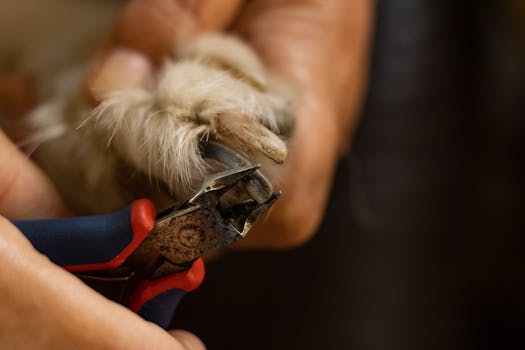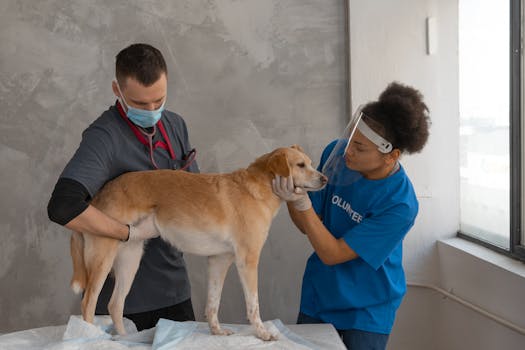Pet-icure: The Importance of Regular Nail Clipping for Your Furry Friends

Introduction
Just as humans need regular nail care, our furry friends also require the same attention. Regular nail clipping is an essential part of pet grooming that often goes overlooked. This article will explore the importance of regular nail clipping for your pets.
Why is Regular Nail Clipping Important?
Prevents Pain and Discomfort: Long nails can cause discomfort and pain for your pet. When nails touch the ground, the pressure exerted back onto the nail bed can be painful. Over time, this can even affect your pet’s posture and walking gait.
Avoids Injuries: Long nails are prone to splitting or breaking, which can be extremely painful and may lead to infections. Regular trimming helps avoid such injuries.
Promotes Good Hygiene: Dirt and bacteria can accumulate under long nails, leading to infections and unpleasant odors. Regular nail clipping helps maintain good hygiene.
How Often Should You Clip Your Pet’s Nails?
The frequency of nail clipping can depend on your pet’s lifestyle and breed. Indoor pets may require more frequent nail clipping than outdoor pets. As a general rule, if your pet’s nails touch the ground when they walk, it’s time for a trim.
Tips for Safe and Effective Nail Clipping
Use the Right Tools: Invest in a good quality nail clipper that is appropriate for your pet’s size and nail type. Some pets may also benefit from a nail grinder, which can smooth the edges after clipping.
Know Where to Cut: Avoid cutting into the quick (the pink part of the nail), as it can cause pain and bleeding. If you’re unsure, cutting less rather than more is best.
Make it a Positive Experience: Use treats and positive reinforcement to make nail clipping a positive experience for your pet. This can help reduce stress and make future nail-clipping sessions easier.
Conclusion
Regular nail clipping is more than just a cosmetic procedure. It’s an important part of your pet’s overall health and well-being. So, next time you’re cuddling with your furry friend, take a moment to check their nails. Your pet will thank you for it!





